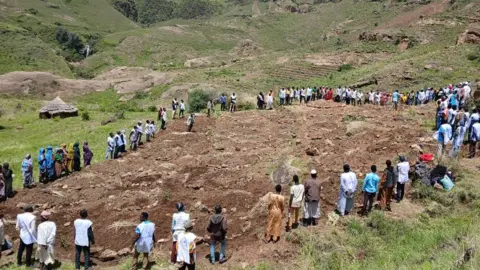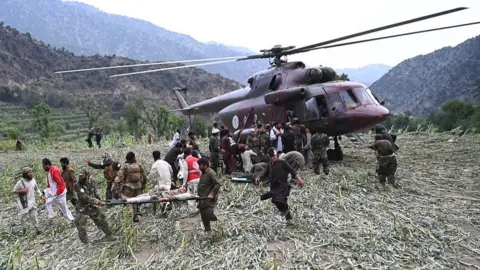The quake, occurring on a Tuesday morning, devastated numerous homes in remote areas near Mount Everest, flattening over 3,000 dwellings. Since the initial quake, the region has experienced more than 660 aftershocks, compounding the fear and hopelessness among those affected. In response, officials are facilitating the relocation of tens of thousands of residents for safety and medical treatment.
Temperatures have plummeted to minus 18 degrees Celsius (0 degrees Fahrenheit), intensifying the urgency of relief efforts. Significant obstacles remain in assessing the full scale of destruction due to the inaccessibility of the region, coupled with heightened security measures attributable to long-standing tensions between the Chinese government and Tibetan residents, many of whom face challenges maintaining their cultural heritage.
Efforts to combat the cold have taken priority in the rescue operation. Video footage has revealed workers setting up insulated tent shelters equipped with light panels powered by portable generators, as displaced individuals seek warmth and safety. In the wake of the devastation, vice premier Zhang Guoqing has been actively overseeing relief efforts, ensuring that rescuers focus on saving lives while distributing adequate food and heating resources to those in need.
Reports indicate over 400 survivors have been rescued overnight, with 30,000 people successfully relocated to safer areas. The restoration of electricity and clearance of obstructed roads has also been reported, providing some relief as the emergency response continues to unfold. As rescuers continue their search in this region, the future remains uncertain for the people of Tibet, balancing the immediate needs of survival against the backdrop of cultural and environmental challenges.
Temperatures have plummeted to minus 18 degrees Celsius (0 degrees Fahrenheit), intensifying the urgency of relief efforts. Significant obstacles remain in assessing the full scale of destruction due to the inaccessibility of the region, coupled with heightened security measures attributable to long-standing tensions between the Chinese government and Tibetan residents, many of whom face challenges maintaining their cultural heritage.
Efforts to combat the cold have taken priority in the rescue operation. Video footage has revealed workers setting up insulated tent shelters equipped with light panels powered by portable generators, as displaced individuals seek warmth and safety. In the wake of the devastation, vice premier Zhang Guoqing has been actively overseeing relief efforts, ensuring that rescuers focus on saving lives while distributing adequate food and heating resources to those in need.
Reports indicate over 400 survivors have been rescued overnight, with 30,000 people successfully relocated to safer areas. The restoration of electricity and clearance of obstructed roads has also been reported, providing some relief as the emergency response continues to unfold. As rescuers continue their search in this region, the future remains uncertain for the people of Tibet, balancing the immediate needs of survival against the backdrop of cultural and environmental challenges.






















